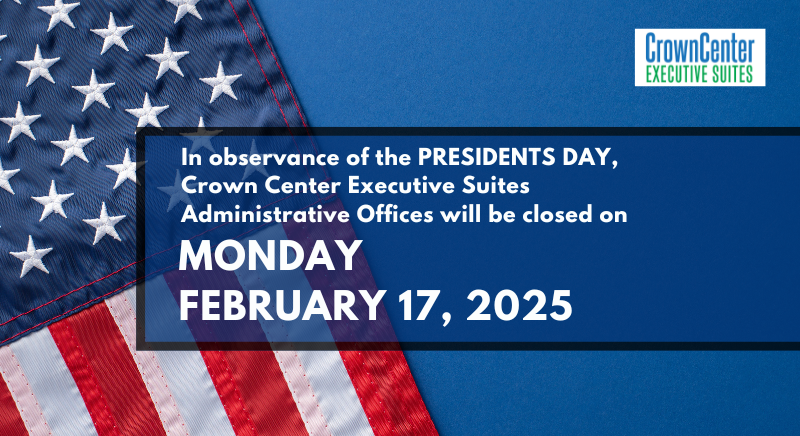
Adjusting The Org Chart For The New Way of Working
It’s no secret the workplace has changed. The trendlines were already soaring toward remote and hybrid formats, and then 2020 happened, leaving an irreversible mark on the makeup of the American workplace.
Some changes were positive. Some were negative, and some are a matter of opinion. The truth remains that the change took place, and many workplaces are now forging ahead with a new approach to management, the traditional organizational chart, and how to nurture company culture. As the coming months and years unfold in the short term, the companies that pivot and adjust their ways of thinking are the ones that are likely to overcome some of the biggest challenges facing the American workforce at the moment, such as:
- The Great Resignation – According to the U.S. Bureau of Labor Statistics, nearly four million Americans quit their jobs in July 2021. The resignation rate in the U.S. is now at a two-decade high, with more than 11 million jobs open.
- The Quiet Quitting Trend – Driven by the same motivating factors as the actual quitters, quiet quitting is a trend that refers to opting out of tasks beyond one’s assigned duties and/or becoming less psychologically invested in work, according to Harvard Business Review.
Tips For Adjusting To A Remote or Hybrid Workplace
Revisit your organizational chart.
The shift in workplace style may also warrant a shift in organizational style. Collaboration, workflow, and culture may render different in this new way of working, but they are not impossible to achieve simply because they do not fit the old mold. The middle manager that once handled in-house operational duties may shift gears into a role that facilitates internal relationships, virtual collaboration efforts and reduces friction in workflows among remote teams. A similar role that morphs to suit the new. Companies who make these changes and focus on measurable results in these areas will undoubtedly find the hybrid and remote models more successful.
Double down on communication.
From a pure utility standpoint, communication gets a little harder when employees are spread out. This gets even more complex when some are in the headquarters sometimes while others aren’t. Communication channels and styles have to adjust to ensure that no message is missed. Some businesses are returning to the intranet-style of communication or relying on email or mobile app – or all of the above. The type of internal communication strategy that works for your business will be unique to your team, your budget, and your needs, but it will likely have to be adjusted to accommodate the new remote and hybrid workforces. The role of internal communications was always important, but now, in the new workplace, it is critical that information is disseminated in ways that reach all employees effectively,
Recruit for work styles (not just skills).
Part of the hiring process is to find employees whose work style fits that of your business. It should feature as prominently as the skills and experience part of the background review. As you continue to add people to the team that match your culture and work style, you will solidify that position, ultimately making it stronger.
Find workspaces that support your vision.
This is the “walk the walk,” not just “talk the talk” part of the conversation. Once you’ve created the philosophy, it’s time to set the scene that supports it. Many companies make the mistake of rolling out a policy suggesting that employees can work from wherever they want to. This is well-intentioned but can leave some workers in a pickle. Their home space is not conducive to work but going back to the office is not what they truly want. Fostering a true hybrid environment or a choice that encompasses the best of both worlds might require thinking outside the traditional mindsets that apply to both remote and onsite workplaces. You may need to allow employees to communicate their remote working needs to you and provide flexible workspace options that support those needs. By offering shared office spaces, virtual offices, meeting and community spaces, you can accommodate the needs of your business’s new work style in a real way.

Crown Center Executive Suites is a perfect option to suit your hybrid office needs. With a central location in Fort Lauderdale and a range of options that include affordably priced executive suites, multi-room offices, meeting rooms, shared space, and virtual offices, Crown Center Executive Suites is a top choice for companies as they embrace this new way of working. Take a tour of Crown Center today to get started.






